 "No, I don't thank you for the fish at all" (notindetroit)
"No, I don't thank you for the fish at all" (notindetroit)
08/25/2014 at 10:01 • Filed to: Aviation Facts, Amelia Earhart, Planelopnik, Flight Club, Around the World
 2
2
 0
0
 "No, I don't thank you for the fish at all" (notindetroit)
"No, I don't thank you for the fish at all" (notindetroit)
08/25/2014 at 10:01 • Filed to: Aviation Facts, Amelia Earhart, Planelopnik, Flight Club, Around the World |  2 2
|  0 0 |
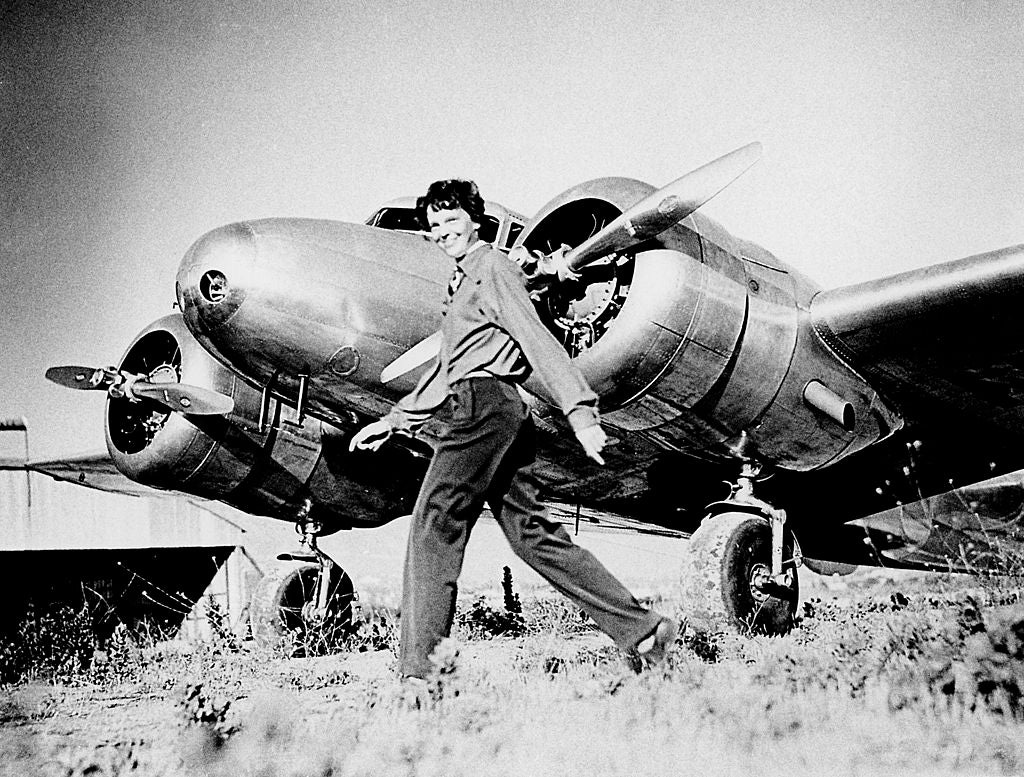
Amelia Earhart was one of the most important and crucial figures in the development of modern aviation as we understand it today, and arguably the Founding Mother of the entire aeronautical field. Her accomplishments go far above and beyond being an inspiration for women of future generations to take up flying as a career and hobby - she served and continues to serve as an inspiration for both sexes, but she's also responsible for a wide range of fundamental aeronautical developments that pilots and passengers take advantage of on a daily basis. A few of her accomplishments even extend far beyond the aeronautical realm and touch our lives on a daily basis, even when we're stuck on the ground glued to our couches. Here are five facts (or rather, common rumors and attributions) about Amelia Earhart and her accomplishments that have continued to shape the aeronautical world and beyond decades after her presumed death.
Her Marriage Would Likely be Recognized as the First Celebrity Marriage
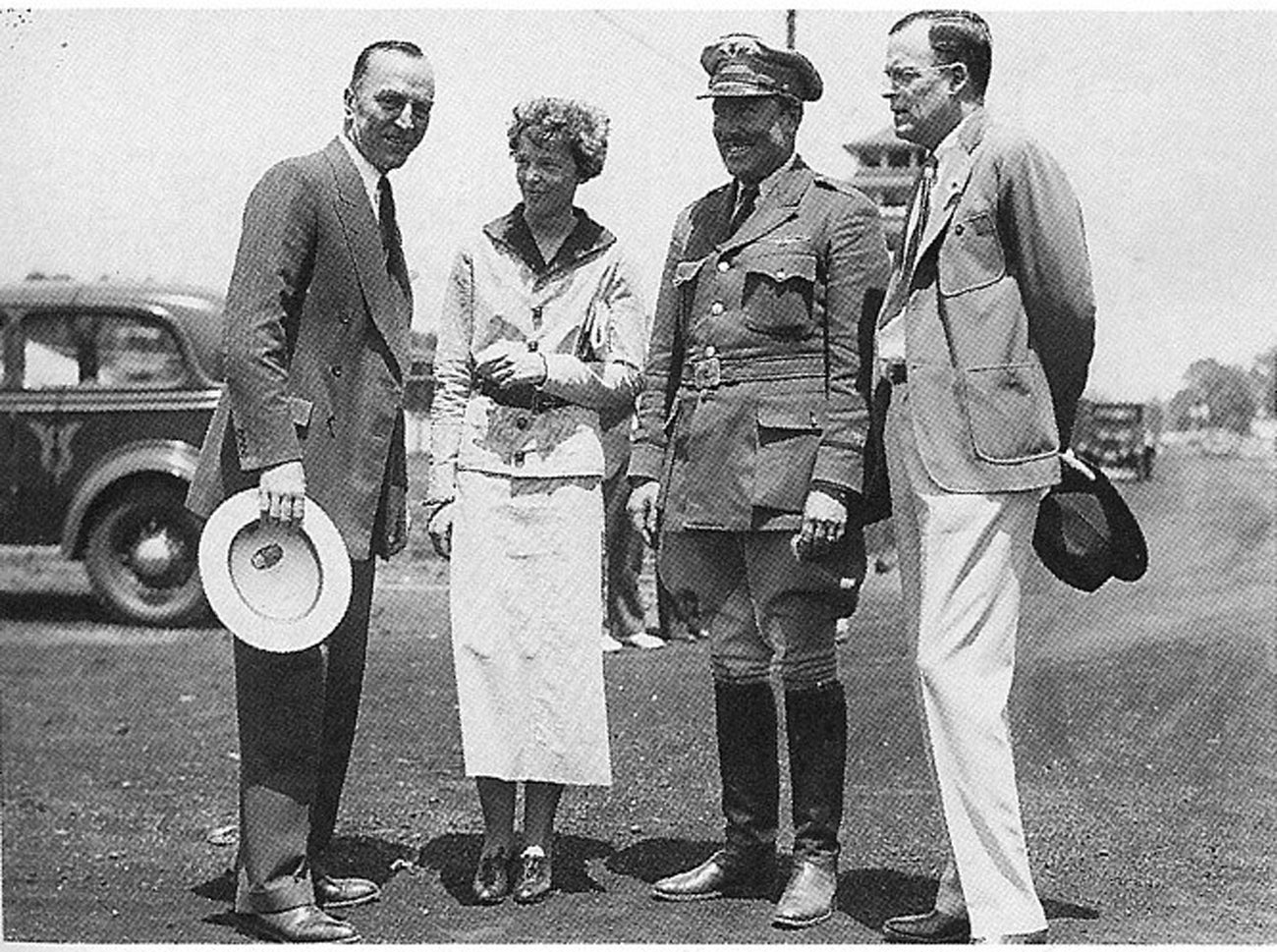
image from !!!error: Indecipherable SUB-paragraph formatting!!!
Flying is an expensive proposition regardless of your sex, and even doubly so during the throes of the Great Depression and even during the Roaring Twenties when commercial aviation was barely exiting an experimental basis. Earhart did come from a relatively wealthy family background but by America's entry into WWI the Earhart family had fallen into hard times, the instrument of those hard times being mainly her dad's alcoholism and the death of her mother. Most of her early flying accomplishments were made in piecemeal fashion, doing whatever she can to get behind the controls of an airplane. What became scant moments of self-presenting opportunity and advantageous happenstance became a highly publicly attractive novelty factor of a gentlewoman aviatrix, and then to an aspiring figure and international sensation as her enthusiasm and raw talent outstripped the simple novelty factor.
The celebrity factor wasn't enough, and as modern reality stars can tell you even causes celebres need money. If Earhart wanted to make a splash in the annuals of history beyond the reach of any other man or woman before or since, she needed serious funding. Enter George P. Putnam.
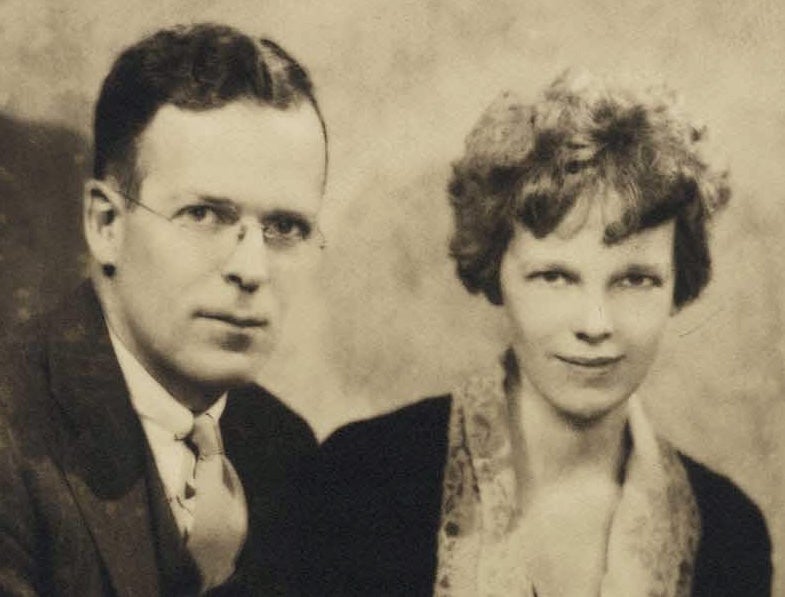
image from the !!!error: Indecipherable SUB-paragraph formatting!!!
If the name "Putnam" sounds familiar to you, it's probably because you've read the spine of a book sometime within your life. He was the grandson of the founder of G.P. Putnam's Sons, which is now an imprint of Penguin Books, one of the world's largest book publishers and media conglomerates. On top of that, he had a first marriage into the family owners of Crayola. A marriage that ended when his first wife had an exotic affair with a South American, though apparently their marriage was mutually loveless.
In addition to being loaded, Putnam had a real talent for promotion. He was influential in getting Charles Lindbergh's nonstop Trans-Atlantic flight memoir published, and decided the next logical step was to apply the same for the first woman to fly across the pond. This lead Putnam to meet with Earhart, and the two discovered that they had a mutual liking for each other beyond flying and the supply-demand dynamics of money.
This is where things get murky and mired in gossip, true and modern celebrity-style. It's often said that Earhart's and Putnam's marriage was as loveless as Putnam's first. According to the 80+ year old tabloid rags, Earhart and Putnam had an understanding to stay out of each others' way: he would provide the money, she would provide the fame. More than likely, the source of this gossip was the simple fact that their marriage produced no children before her disappearance along with her insistence on a "liberated" marriage based on equality (this was 1930s America, after all). Other, likely more credible sources state that their marriage was legitimate and chock full of love and affection. Perhaps it wasn't a love-filled marriage so much as it was an intimate and legally binding opposite-sex friendship - both Earhart and Putnam were ruled by their desires and love affairs for adventure, and having an equally passionate life partner along for the ride always helps to mutually enhance the experience. Either way, with both parties long out of the public picture, we only have our own speculations to go on.
Her Airplane Was at Once the 787 Dreamliner and U-2 Spy Plane of its Day

Shortly before Earhart's around-the-world flight, aircraft technology was just beginning to move beyond wooden frames covered in fabric. Designs such as !!!error: Indecipherable SUB-paragraph formatting!!! and !!!error: Indecipherable SUB-paragraph formatting!!! represented a new era of vastly improved passenger comfort and safety as well as operational economics that started to make passenger flight more common and accessible. Lockheed's response to Boeing and Douglas was the Model 10 Electra, which was popular with a number of celebrity and pioneering aviators in the late 30s eager to probe and test the limits of aeronautical technology.
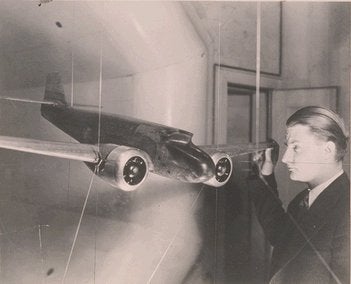
In 1937 (the same year as Earhart's ill-fated flight) !!!error: Indecipherable SUB-paragraph formatting!!! !!!error: Indecipherable SUB-paragraph formatting!!! and J.S. Lambie flew the circuit across the Atlantic and back in a Model 10 Electra. Howard Hughes himself would successfully fly around the world a year after Earhart's attempt in a Model 14 "Super Electra," an improved version of Earhart's plane (as the name implies). The Model 10 Electra was considered a highly advanced, fast, and long-legged airplane for its time, and its twin engine redundancy and "Goldilocks" size (not too big for a crew of two, but with plenty of room for fuel and other stores) made it an ideal choice for record-seekers.
The Model 10 Electra and its immediate derivatives even played important roles beyond carrying passengers and hero aviators across the globe. MI6 recruited !!!error: Indecipherable SUB-paragraph formatting!!! to outfit his Model 12 Electra Junior (a smaller version of Earhart's plane, as the name implies) with high-resolution cameras and take a number of flights over German territory to photograph various military and troop installations shortly before Hitler invaded Poland. A very frequent rumor and theory that keeps popping up is that Earhart herself was contracted by the US government to spy on Japanese military installations (many of the islands that the Navy searched for Earhart would be revisited in some of WWII's bloodiest "island-hopping" campaigns). The US Navy, US Army Air Force and a number of Allied nations made extensive use of the Lockheed transports in their original roles and modified with a bit more firepower. The Model 10 was pressed into service under various guises such as the C-36, C-37 and even the !!!error: Indecipherable SUB-paragraph formatting!!! . Most of these Model 10s were ex-civilian aircraft needed to ferry important military and government personnel across the country; Lockheed also built a special Model 10 for the Navy for use by the Secretary of the Navy, and another one for the Coast Guard for personal use by the Secretary of the Treasury. Perhaps ironically, a single example was also evaluated by the Imperial Japanese Navy (who were in a "buying spree" of Western-sourced aircraft at the time, taking advantage of still-warm relations and front companies prior to hostilities). The Model 12 Electra Junior also saw extensive service as the C-40, and the Royal Netherlands East Indies Army Air Force used a modified version called the Model 212 as an armed bomber trainer equipped with machine guns to train crews and racks for practice bombs.
The Model 14 Super Electra would end up playing a major role in WWII under various modifications. Renamed the !!!error: Indecipherable SUB-paragraph formatting!!! , it was widely employed as a fast transport, reconnaissance aircraft and crew/flight trainer. It was later developed into a light bomber, participating in various European, African/Middle East and Asian theater campaigns. An even larger and improved variant, the Model 18 Lodestar, was further developed into the US Navy's !!!error: Indecipherable SUB-paragraph formatting!!! , a potent anti-submarine and anti-shipping bomber with up to eight .50-cal hull-punching guns in the nose.
The Electra was an important aircraft for the Lockheed company, and its influence can be felt throughout the company's history. Its chief designer, Clarence "Kelly" Johnson (pictured in the photo of the wind tunnel test model) is responsible for a very large chunk of Lockheed's portfolio, including the P-38 twin-engine fighter, the Constellation post-war large airliner, the Cold War-era Mach 2 F-104 interceptor and perhaps his two accomplishments that not only stand as his personal greatest, but the greatest aeronautical engineering achievements yet: the ultra-high flying U-2 spy plane and its successor, the Mach 3+ SR-71 Blackbird.
Earhart's Choice in Navigator was Both the Best Choice - and Possibly the Worst
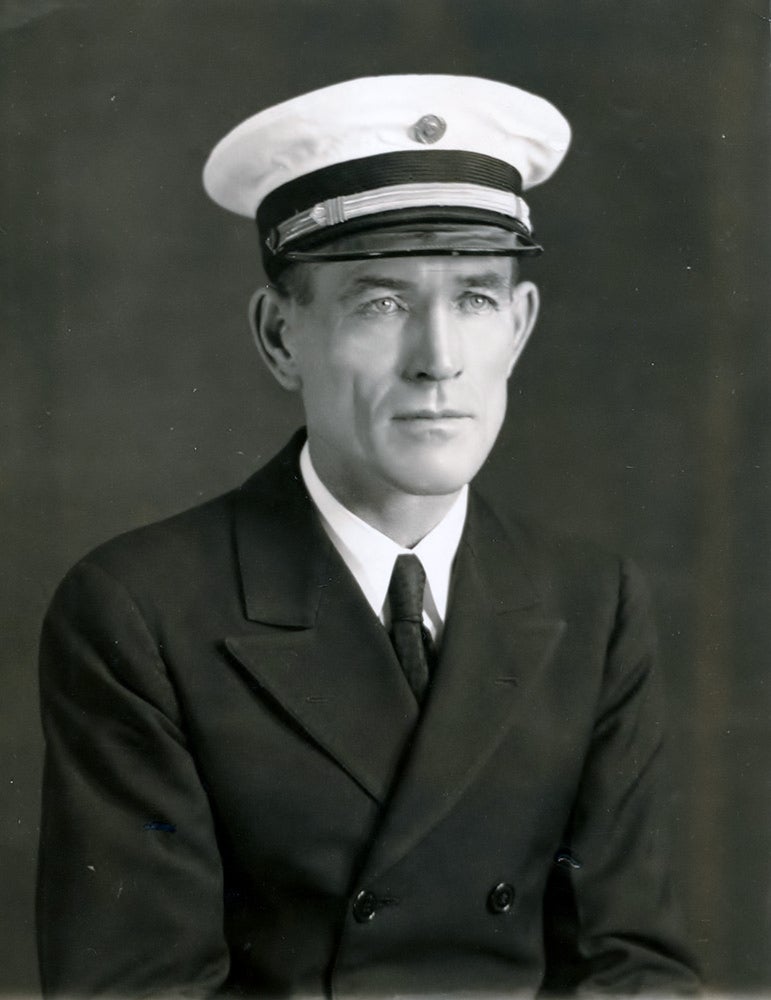
image from !!!error: Indecipherable SUB-paragraph formatting!!!
Frederick Joseph Noonan joined the Merchant Marine during WWI and gained experience and a reputation as a crack maritime navigator. He quickly grew tired of being stuck to the sea by gravity and joined Pan American Airways as a navigational instructor. He later served onboard many Pan Am record-breaking flights and other flights of historical significance, and did mapping and other "pathfinder" work for Pan Am's South American and Pacific flight routes. What Amelia Earhart was to actual aircraft piloting, Fred Noonan was to navigation, so it seemed natural sense to pair them together for Earhart's around-the-world flight.
Fred Noonan also remains Earhart's most controversial element of the entire record attempt, and possibly Earhart's entire career. Noonan had a reputation for being a heavy drinker and rarely sober. He also had a reputation for an explosive and volatile temperament during the rare occasion of his sobriety, and being far too hard to control to make the effort worth it, let alone for a prime candidate for a dangerous record-breaking flight. A part of that reputation also concerns his crack talent coming from reckless behavior on the job and "winging it" beyond any reasonable safety measure to the degree where he'd almost be certainly fired today (and leading to allegations that he didn't resign from Pan Am as so much as indeed getting fired). A common and accepted theory that seems perfectly reasonable on its face is that Earhart and Noonan disappeared due to the latter's incompetence - he was a greatly overrated and incompetent navigator who got Earhart and himself lost and going in circles until they ran out of fuel and crashed into the sea.
That said, there isn't much beyond hearsay about what kind of person Noonan was or what his true talent level is. Much of the "true" evidence regarding his sobriety has been obscured by rumor and sensationalism. He wasn't forced to resign from Pan Am, but apparently did so to achieve his dream of opening up his own top-notch flight school - from which would benefit in the glow of publicity upon his successful return with Earhart. The accusation that he was a lousy navigator whose incompetence and alcoholism killed Earhart and himself seems at least partially based in after-the-fact armchair investigation with perhaps as much credibility as the theory that Earhart intentionally crashed the plane to take up a love affair with him on a tropical island of their choosing (another perennial favorite). Either way, the truth is hard to dig up with so many decades gone by.
Earhart Wasn't So Much a Pioneering Female Aviator as she was a Pioneering Scientist who Happened to be a Female Aviator
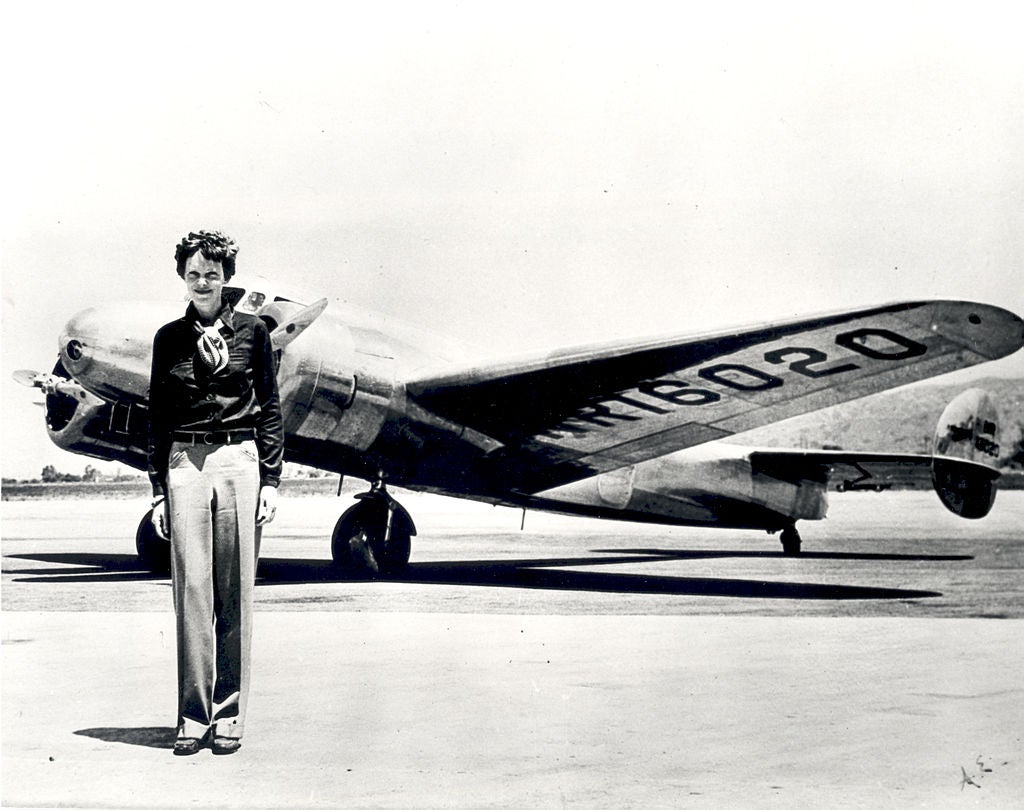
As an international sensation and founding member of the !!!error: Indecipherable SUB-paragraph formatting!!! , she brought a lot of attention to the more immediately tangible and exciting aspects of aeronautics for people of all ages and sexes, but Earhart was also highly interested in more data-driven scientific research of high-altitude and long-range flight. At least partial justification for her around-the-world flight was to conduct research on ultra-long range flying, and she had plans to outfit the Electra for high-altitude flight research upon her return. She was particularly interested in the effects of high altitude and low air pressure upon the human body and, specifically, the digestive system.
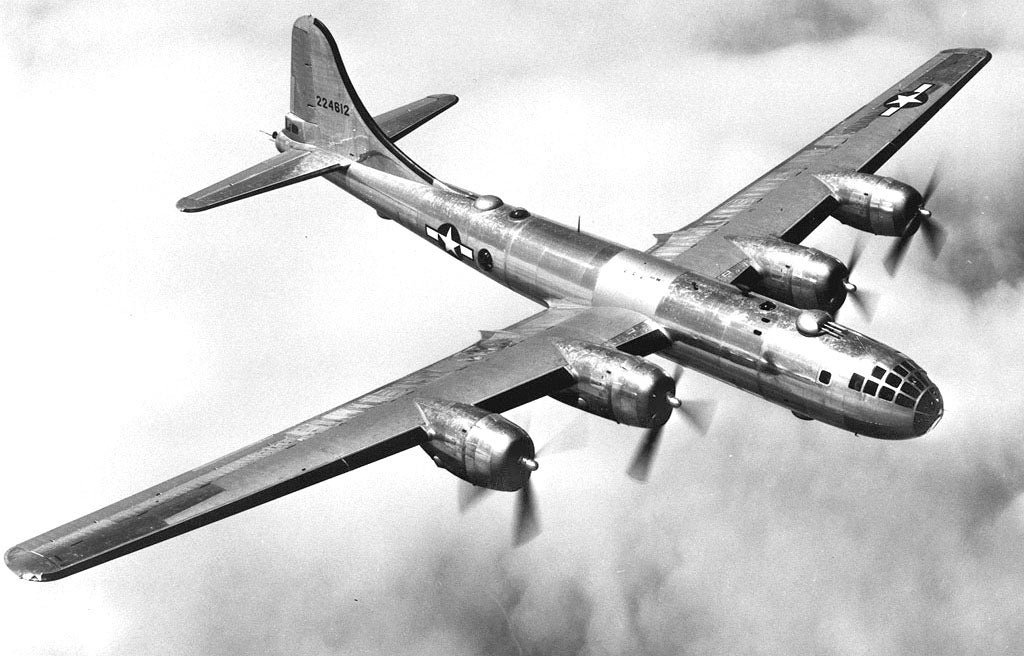
High altitude flight was practically the space frontier of the Depression Era. Right around the time of Earhart's disappearance, the high altitude record had just been set by Flight Lieutenant M.J. Adam and the !!!error: Indecipherable SUB-paragraph formatting!!! at an officially recognized altitude of just under 54,000 feet - or around the altitude many modern large business jets cruise at. The experience took both the Type 138 and Flight Lieutenant Adam's pressure suit to their technical extremes. Years later, the Boeing B-29 Superfortress entered production, the first very large pressurized aircraft to enter true serial production and the culmination of a program that in some respects was more complicated than the "Little Boy" nuclear bomb it would carry. The B-29 and its improved variant, the B-50 would later spawn the Boeing Model 337 Stratocruiser, one of the first pressurized large airliners to enter serial production. Lockheed and "Kelly" Johnson also launched the Constellation, another important type that saw widespread airliner service and bring above-the-weather cabin pressurization flight to the masses. The Constellation and Stratocruiser were joined by the Douglas DC-6 and DC-7 piston pressurized airliners, and a Boeing study for a jet-powered Stratocruiser would be so thoroughly redesigned to be unrecognizable under any criteria, instead emerging as the "Dash 80" prototype that itself would be redesigned into its final form, the Boeing 707 jetliner. Today, high altitude flight is so common even small shuttle hops along the Eastern Seaboard are made above low-level weather patterns, but in Earhart's time it was still largely uncharted territory. How that changed in the years between Earhart's disappearance and the early Cold War reflect the rapid development of aeronautics.
She Probably Did More for Aviation in Death than in Life
If anything, Amelia Earhart is probably more famous for disappearing than any accomplishment she made in life, as significant as those accomplishments may be. But in doing so, she's kept her dreams alive in ways she probably never would've imagined.
Her celebrity status quite likely came about because people were more in love with the idea of Amelia Earhart more than the actual person of Amelia Earhart. The idea of a woman from a broken family in po-donk Kansas at a time when women just earned the right to vote becoming one of the most famous and accomplished people in the world is one of the most touching and inspiring rags-to-riches stories in modern history, let alone how she's become so tied to the fascinating and exciting world of aeronautics. Then, and now, she serves as an important point of exposure to that exciting world for anyone and everyone as much as she stands as a symbol for what women can accomplish. Earhart is kept alive as an entry point into aviation because once again, we're fascinated with the idea of her - or rather, the mystery of her.
When I was in the fourth grade, I nearly got detention because I had refused to do my English language assignments. When my teacher tried to figure out why I wasn't doing anything, she came over to my desk and saw me completely entrenched and memorized in the words of !!!error: Indecipherable SUB-paragraph formatting!!! , perhaps the most common printed biography on Earhart out there. She relented, decided that at least I was reading something of educational value. The mystery of the sudden and unexplained disappearance of one of the most famous people in celebrity history fascinated me to no end, and was a major turning point in my own personal interest in the field of aviation. No doubt that goes true for many other people as well, perhaps millions of people. Reading through Lost Star , I also learned about her accomplishments and other things about aviation, and why she's such a big deal that people care about her disappearance in the first place.
!!! UNKNOWN CONTENT TYPE !!!
The story of Amelia Earhart has inspired others to follow in her footsteps including !!!error: Indecipherable SUB-paragraph formatting!!! who successfully replicated Earhart's flight in a nearly identical Model 10 Electra in the 60s, !!!error: Indecipherable SUB-paragraph formatting!!! . The mystery of Amelia Earhart has inspired others further to discover the truth to the mystery, and even give birth to important aviation and historical preservation efforts on the side.
!!! UNKNOWN CONTENT TYPE !!!
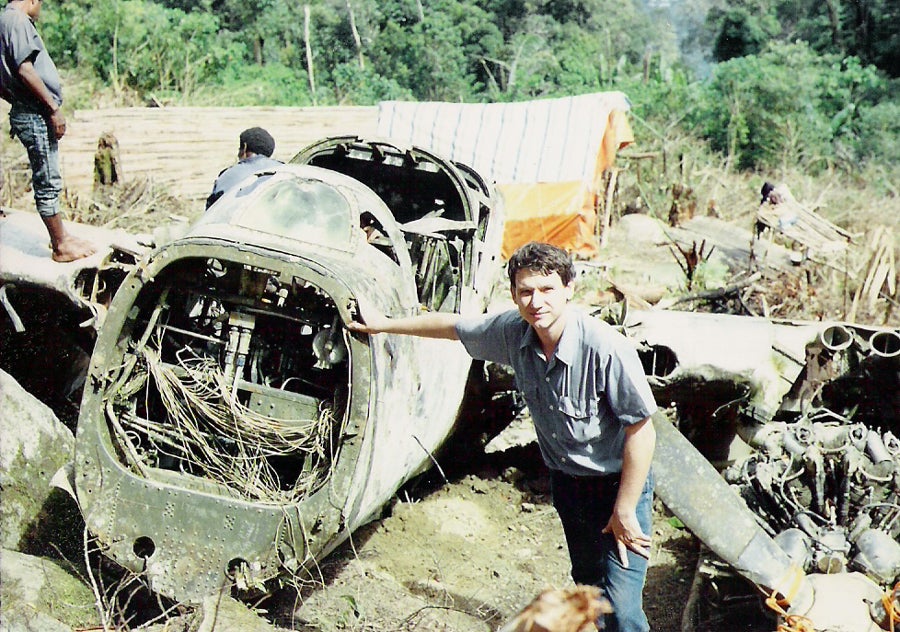
image from the !!!error: Indecipherable SUB-paragraph formatting!!!
!!!error: Indecipherable SUB-paragraph formatting!!! , is an organization of Earhart and aviation enthusiasts dedicated to aircraft archaeology and preservation. In addition to trying to find the truth and wreck of Earhart's ill-fated flight, they have been instrumental in the discovery and recovery of various missing aircraft and wrecked and preservable warbirds, including the recovery of an intact !!!error: Indecipherable SUB-paragraph formatting!!! , a US Navy torpedo bomber type that suffered horrific losses during the Battle of Midway.
The interest surrounding the Earhart mystery and the consequent attempts to solve that mystery are arguably the greatest boons to aviation archaeology ever, including the very invention of aviation archaeology in the first place. New technologies and techniques used to find Earhart were later implemented to discover, recover and restore other aircraft wrecks, and has placed aviation preservation and warbird recovery at the forefront. Today, dozens of aircraft have been rescued from the depths of the Pacific and brought back from squashed and flattened mountaintop wrecks to reside in museums or even take to the skies again. Many of these airframes have been appraised to be in the millions of dollars in their restored condition. Earhart's greatest accomplishment may very well be entirely by accident - in her death, she has not only raised everlasting awareness and interest in the field of aeronautics, but rescued millions of dollars worth of historic and irreplaceable aircraft in the process.